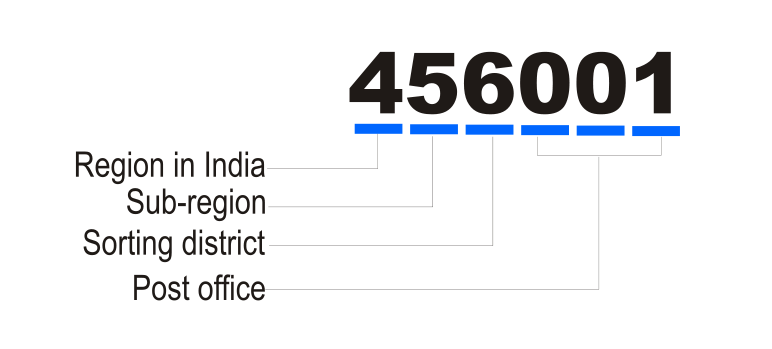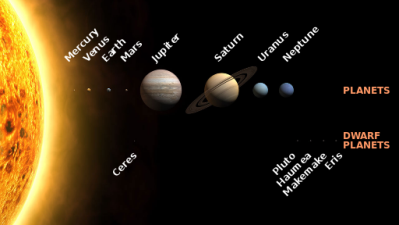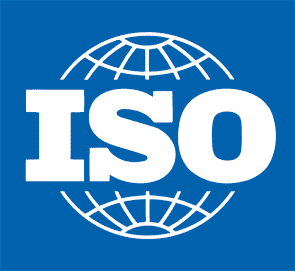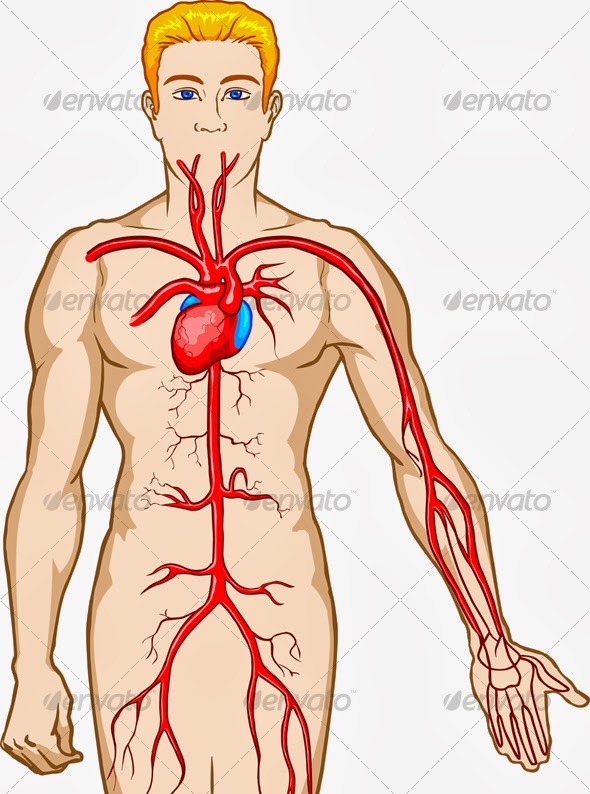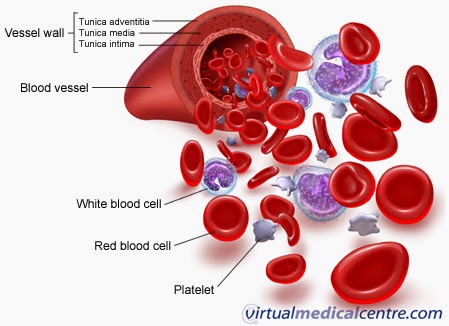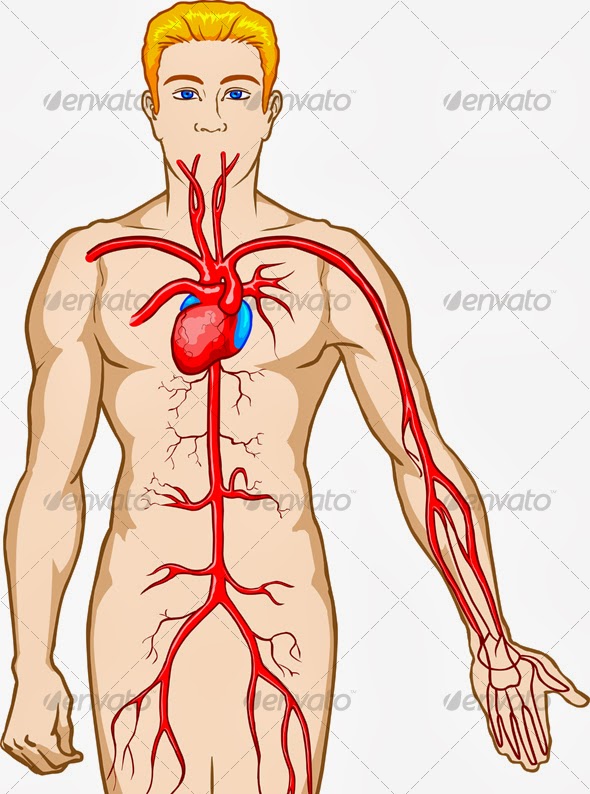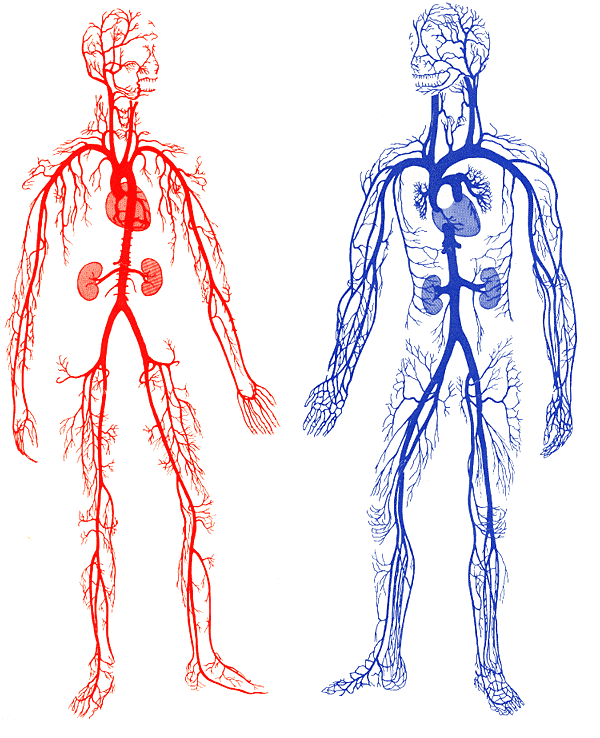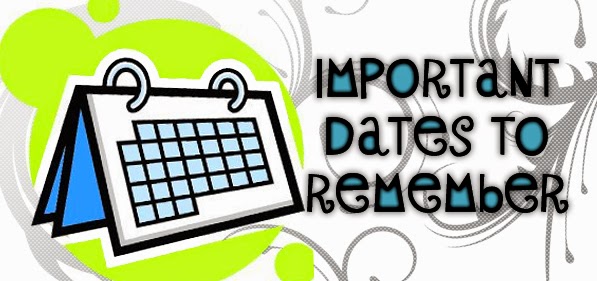
LIST OF IMPORTANT DAYS
January 9: NRI Day
January 10: World Laughter Day
January 12: National Youth Day
January 15: Army Day
January 26: India’s Republic Day, International Customs Day
January 30: Martyrs’ Day; World Leprosy Eradication Day
2nd Sunday of February: World Marriage Day
February 24: Central Excise Day
February 28: National Science Day
Second Monday March: Commonwealth Day
March 8: International Women’s Day; Intl. literacy Day
March 15: World Disabled Day; World Consumer Rights Day
March 18: Ordnance Factories Day (India)
March 21: World Forestry Day; International Day for the Elimination of Racial Discrimination
March 22: World Day for Water
March 23: World Meteorological Day
March 24: World TB Day
April 5: National Maritime Day
April 7 World Health Day
April 17 World Haemophilia Day
April 18 World Heritage Day
April 21 Secretaries’ Day
April 22 Earth Day
April 23 World Book and Copyright Day
May 1 Workers’ Day (International Labour Day)
May 3 Press Freedom Day; World Asthma Day
May 2nd Sunday Mother’s Day
May 4 Coal Miners’ Day
May 8 World Red Cross Day
May 9 World Thalassaemia Day
May 11 National Technology Day
May 12 World Hypertension Day; International Nurses Day
May 15 International Day of the Family
May 17 World Telecommunication Day
May 24 Commonwealth Day
May 31 Anti-tobacco Day
June 4 International Day of Innocent Children Victims of Aggression
June 5 World Environment Day
June 3rd Sunday Father’s Day
June 14 World Blood Donor Day
June 26 International Day against Drug Abuse and Illicit Trafficking
July 1 Doctor’s Day
July 6 World Zoonoses Day
July 11 World Population Day
August 3 Internatioal Friendship Day
August 6 Hiroshima Day
August 8 World Senior Citizen’s Day
August 9 Quit India Day, Nagasaki Day
August 15 Indian Independence Day
August 18 International Day of the World’s Indigenous Peoples
August 19 Photography Day
August 29 National Sports Day
August 19 Photography Day
August 29 National Sports Day
September 2 Coconut Day
September 5 Teachers’ Day; Sanskrit Day
September 8 World Literacy Day (UNESCO)
September 15 Engineers’ Day
September 16 World Ozone Day
September 21 Alzheimer’s Day; Day for Peace & Non-violence (UN)
September 26 Day of the Deaf
September 27 World Tourism Day
October 1 International Day for the Elderly
October 2 Gandhi Jayanthi
October 3 World Habitat Day
October 4 World Animal Welfare Day
October 8 Indian Air Force Day
October 9 World Post Office Day
October 10 National Post Day
October 2nd Thursday World Sight Day
October 13 UN International Day for Natural Disaster Reduction
October 14 World Standards Day
October 15 World White Cane Day (guiding the blind)
October 16 World Food Day
October 24 UN Day; World Development Information Day
October 30 World Thrift Day
November 9 Legal Services Day
November 14 Children’s Day; Diabetes Day
November 17 National Epilepsy Day
November 20 Africa Industrialization Day
November 29 International Day of Solidarity with Palestinian People
December 1 World AIDS Day
December 3 World Day of the Handicapped
December 4 Indian Navy Day
December 7 Indian Armed Forces Flag Day
December 10 Human Rights Day
December 18 Minorities Rights Day (India)
December 23 Kisan Divas (Farmer’s Day) (India)


